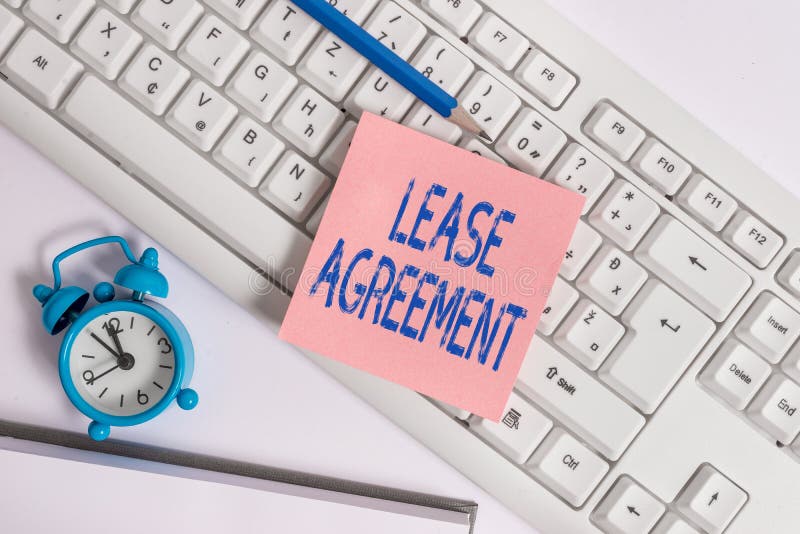

Longer texts should have a line height of at least 1.5 ( line-height 4). Headings and other content elements no longer than a line or two can have a line height between 1 ( line-height 1) and 1.35 ( line-height 3). Longer texts require more line height.It is written as a unitless multiplier of the text’s font size - for instance, a line height of 1.5 on 16px text results in a line height of 24px. Line height controls the vertical rhythm and density of a block of text. The measure 1 token can be appropriate for helper text (no longer than a paragraph or two) or for larger text (like a subheading or intro text).The measure 6 token can be appropriate for shorter blocks of text, like captions of fewer than three lines, or for text that isn’t meant for longform reading.Tokens between measure 2 and measure 5 are appropriate for most long-running text.The following three points are basic guidelines for selecting measure tokens: Since larger text takes up more screen real estate, it may make sense to assign it a relatively small measure. Large text can have a shorter measure.In contexts when users will be reading short passages of text (such as footnotes or alerts), you can safely set somewhat longer or shorter lines than usual. Short passages can have measure outside the ideal range.Thus, text with more space between lines can have somewhat longer line length. Since one of the functions of measure is to help readers move from one line of text to another more naturally, the effects of a long measure can be lessened by increasing the space between lines. Text with greater line height can have a longer measure.A good target for long texts is 66 characters ( measure 2). The current standard range for readable line length is 45 ( measure 1) to 90 characters per line ( measure 5). Most lines of text should be 45–90 characters.Type set flush left provides the eye a constant starting point for each line, making text easier to read.Ĭontrolling the length of lines of text (also known as measure) helps readers’ attention flow easily from one line to the next, making reading more natural and comfortable. Justified text, common in print, does not yet display well enough in a web browser to be considered a best practice. While right-aligned, centered, and justified text have their place, most websites benefit from a consistent use of left-aligned text. Use tokens smaller than font-size 5 more sparingly - for shorter companion text like captions, footnotes, photo credits, or specialized UI elements.Use tokens between font-size 5 and font-size 8 for most running text.The following two points are basic guidelines for selecting font size tokens: Smaller and larger text can be used sparingly for special purposes (like headings, captions, photo credits, footnotes, data tables, or specialized UI elements). For most text, including body copy, use at least an effective size of 16px ( font-size 5). Use a comfortable reading size for body text.You can learn more about typesetting tokens in the Typesetting tokens section and the Utilities section.Īccessibility for Teams also provides good guidance around typesetting. Web Design System controls typesetting values with a token system. Text with poor readability turns off readers and can make it challenging for them to stay focused. The more readable a text is the more easily users can understand its content.

It’s a function of microtypography (how text is styled within a text block) and macrotypography (how content elements are arranged on the page). Typesetting controls the readability of a text with the size, style, and spacing of its type. Our default typefaces are designed for legibility and can adapt to a variety of visual tones. Government websites need clear and consistent headings, highly legible body paragraphs, clear labels, and easy-to-use input fields. spread kindness and be the reason someone smiles today.Sample contract language for 21st Century IDEA


weave them with stories of your own- stories of the people you love, the people who give your life meaning, the people you want to give a little nudge or hug and encourage them to keep smiling. I've made an assortment of handmade products to tell your stories. they tell the story of people I love, my hopes and struggles and my deepest belief that if we keep making things and stay connected to one another, we'll be okay. Through my years of making, I realized something deeper- that all the things I make tell a story. In 2000, I started a line of stationery called Letterspace because I wanted to show all the things that paper can do, that it's dynamic and meaningful and connects people to each other. my story starts with the simple fact that I know the world through my hands, through things I make with my hands.


 0 kommentar(er)
0 kommentar(er)
